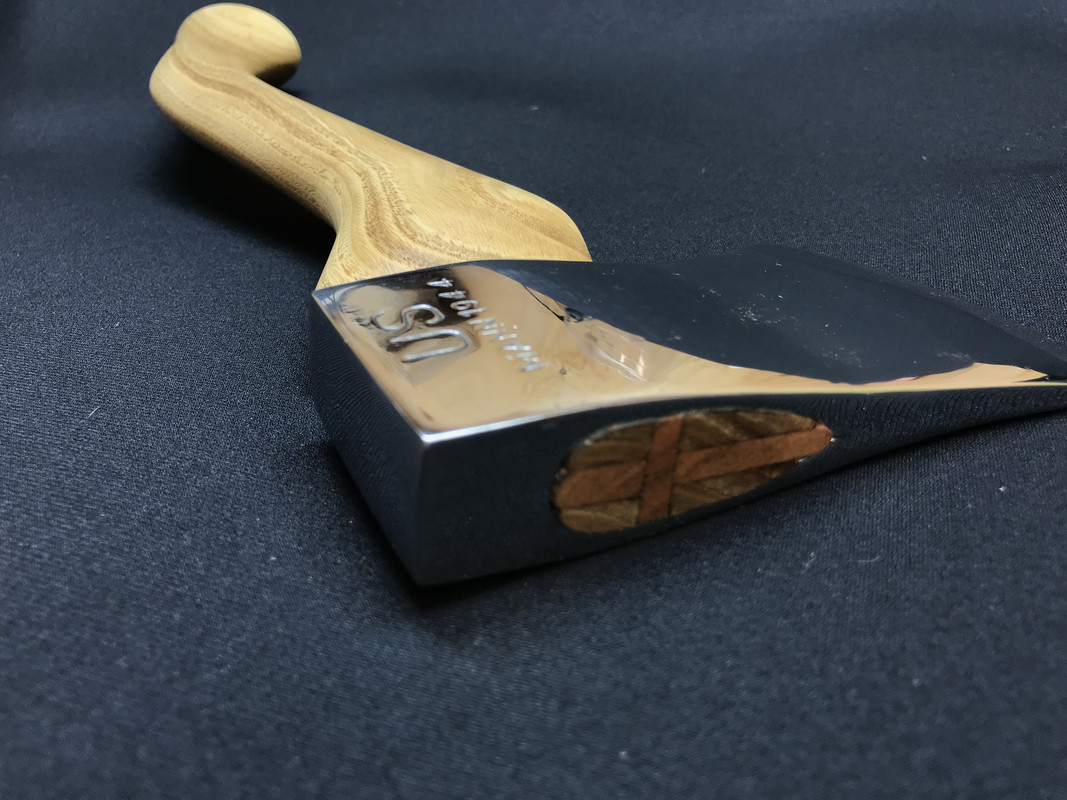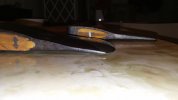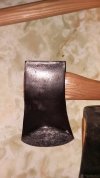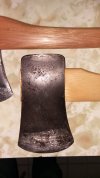Hitler probably wasn't responsible - directly. We always lament the change over to flat-sides in American made axes but I think the question asking why they did so is an interesting one.
Thinking out loud with nothing to cite:
1. During the war America was allied with Britain, France, USSR, Australia, Belgium, Brazil, Canada, China, Denmark, Greece, Netherlands, New Zealand, Norway, Poland, South Africa, Yugoslavia. When I think of all the multi-national experiences many must have had, there were likely guys from all sides getting their first uses of another nations' trusted tool patterns. And for many of the axes and hatchets derived from those nations, many were typically flat-sided. Could this have been an influence?
2. There are those stories of axe-makers travelling to Sweden to learn the dark skills of their smiths to bring back to the American markets and consumers. Was there some sort of commercial influence based on "Old World" traditions that swayed the shapes of the American axe?
3. When did America start importing Swedish and German tools on a scale that made them competitive to domestically produced axes? Meaning, with the lessening of large timber harvests, was there a large consumer market being filled with the flat-sided import tools that somehow started to set a standard for "what an axe looks like" to the modernizing household and average hardware store shopper?
4. With more machines taking over timber harvest, did the change to flat-sides kind of give off an appeal of looking more like a well-heeled knife? Instead of a "chip popping" bucking instrument, did it change over to an ever increasing market of people venturing into the woods to cut limbs and smaller wood for recreation more than survival?
I am sure economics played into it but I wonder how much was market appeal and how much was money saving during production. I have no defense of any of my questions but you asking made me think about it.










